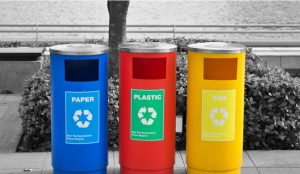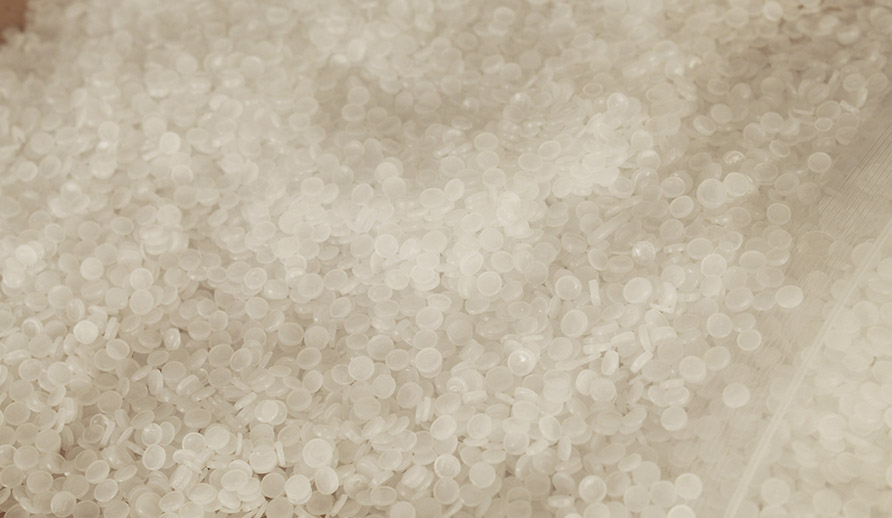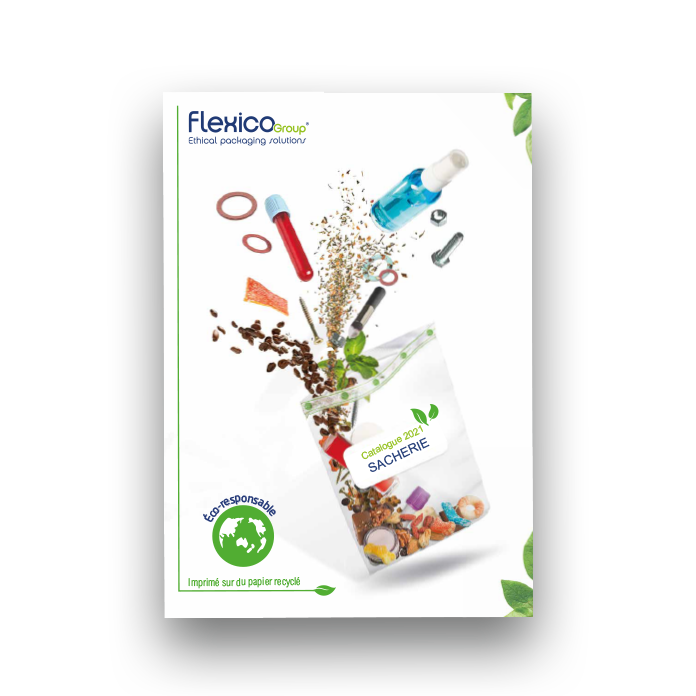
Glass, paper and plastic are among the most widely used packaging materials in our daily lives. In the course of their lives, they pass through the hands of consumers several times: from purchase, to storage, to consumption and finally to sorting. What do we really know about them? What are their manufacturing processes? How are they recycled? We tell you everything in this article.
Glass: from manufacture to recycling, the perpetual restart
According to futura-sciences.com, glass has been used by humans for about five millennia. However, the four main stages of its manufacture have changed little. And now, a new phase has emerged in recent years: recycling.
It all starts with the silica contained in the sand. It is melted at about 1500°C after being mixed with fluxes such as lime, potash or soda. Water and pieces of recycled glass are added to this mixture.
The resulting glass is processed under heat until it takes on the desired shape. When it is cooled, it retains this shape throughout its life. Its strength can be improved by two complementary processes: heat treatment and tempering.
Finally comes the recycling stage, provided that once it has reached the waste stage, it is properly sorted. Glass is an infinitely recyclable material. Moreover, it melts at lower temperatures than silica, which makes this last stage of its life more economical and therefore more ecological. The only limitation is that the production of “new” glass requires a minimum of 20% recycled glass. The current objective in France is to reach 100% recycled glass by 2025. According to ADEME, this figure reached 78% in 2017.
Paper and its five lives
Paper means wood, and more specifically wood fibres. This is also known as virgin fibre. In the past, wood was obtained from sawmill waste, but global demand has increased significantly.
The pulp is made from it after chemical or mechanical treatment, then mixed with water or even recycled paper. The paper is then bleached, again using a chemical process. Finally, the sheets are formed by adding several components, depending on the desired properties.
Once used and sorted, the paper as waste can be recycled. The main advantage is that it can be reused in the manufacture of ‘new’ paper, all at a much lower ecological cost. According to Citeo, the energy and water consumption required to make paper is three times lower with recycled paper than with virgin fibres.
Currently, according to Citeo figures, three million tonnes of paper are marketed each year. The recycling rate in France is 59%. 70% of recycled paper becomes paper again and 20% becomes cardboard packaging. On average, new paper contains around 40% recycled fibres. It has also been calculated that a paper can be recycled five times on average, taking into account all these mixtures.
Manufactured then recycled, the secrets of plastic
Mostly derived from oil, plastics are manufactured in a four-stage process before they can be recycled at the end of their life. Alternatives to oil, using cellulose, starch or natural gas, exist, but they remain marginal.
According to the futura-sciences.com website, it all starts with naphtha, a liquid derived from petroleum, which is cracked beforehand. This means that it is heated up to 800°C and then cooled down to 400°C. Then comes the polymerisation stage, which means that the resulting molecules bind together to form plastic chains. The plastic then takes the form of powder, granules or liquid.
These powders, granules or liquids are shaped into the desired product or packaging using various moulding, extrusion, injection or thermoforming techniques. Dyes and other additives give them all sorts of properties depending on their intended use.
At the end of their life, most plastics can be recycled. This depends on the sorting regulations in force in the municipalities. After pre-washing and sorting cycles, they are crushed into flakes. Further washing, rinsing, dewatering, drying and sieving steps are carried out before the flakes become granules. These latters are then integrated into the production cycle of new plastics.
Depending on the nature of the plastic, the chain is different and the outlets varied. According to figures published in December 2019 by Citeo, 26.5% of plastic packaging is now recycled. This figure rises to almost 60% if we look at bottles and other flasks alone. The extension of sorting instructions by 2022 should help optimise this performance.
Plastic cannot be recycled indefinitely, but good sorting and recycling can increase the number of cycles it can undergo. Its re-integration into new plastic products and packaging also depends on the nature of the latter. If there is food contact, the rules will be much stricter. Finally, some plastics are neither compatible with food contact nor recyclable.
If you enjoyed this article, we invite you to discover Flexico’s waste management policy.


